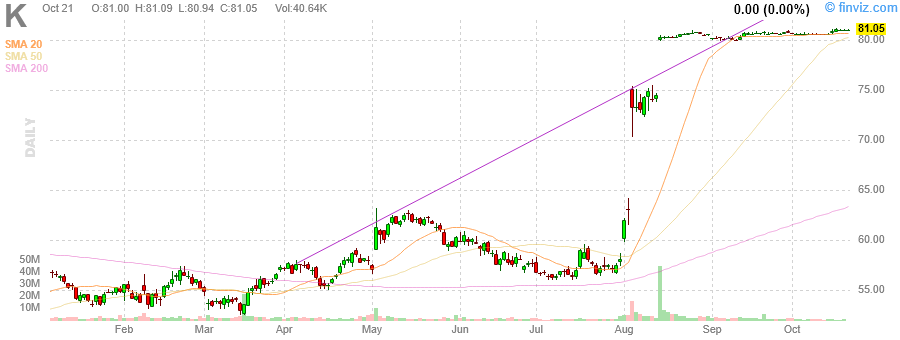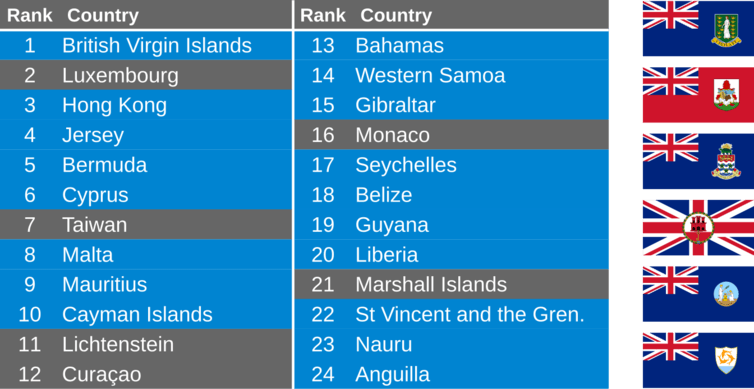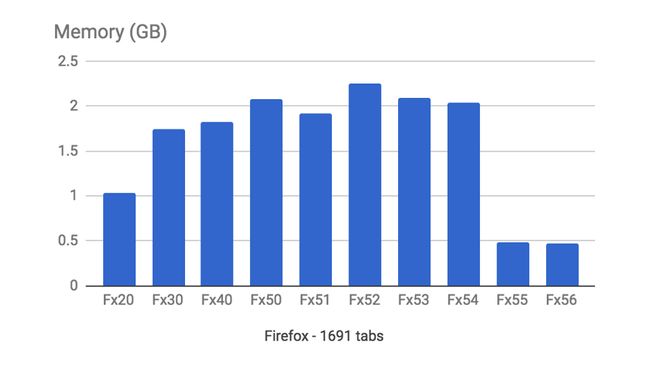I'm slow not because of ad blockers, we don't believe in them—if ads are the way a site makes money the implicit deal is to trade that reality for content, always reserving the option of not visiting at all.
Plus Reddit ads are whitelisted in most blockers.
No, the reason I didn't know Reddit had ads is I didn't consciously 'see' them. For years.
No wonder Proctor & Gamble could cut their online ad budget by $100 million last quarter and see no drop-off in sales: the 40% of traffic that isn't bots is basically blind to the ads.
Shhhh, don't tell Facebook or the GOOG, they'd be crushed.
From recode:
It’s going on a hiring spree and redesigning its website.
Reddit has raised $200 million in new venture funding and is now valued at $1.8 billion, according to CEO Steve Huffman.The new funding round, the company’s largest ever, should expedite a number of internal product and business efforts, including a redesign of its homepage and its first foray into user-uploaded video, Huffman added in an interview with Recode.The money comes courtesy of a number of well-known Silicon Valley investors, including firms like Andreessen Horowitz and Sequoia Capital, and individual investors like Y Combinator President Sam Altman (also a board member) and SV Angel’s Ron Conway. It also includes money from the hedge fund Coatue, investment firm Vy Capital and mutual fund giant Fidelity.Advance Publications — which owns Condé Nast, Reddit’s one-time parent company — did not participate in this funding round but still owns a majority stake in Reddit, according to two sources familiar with the arrangement. Condé Nast CEO Bob Sauerberg sits on Reddit’s board of directors. Bloomberg reported last month that Reddit was raising more money.Reddit, which bills itself as the “front page of the internet,” has been a longstanding home for all kinds of online communities, both positive and negative, since it was founded in 2005 by Huffman and co-founder Alexis Ohanian. It’s had a tumultuous stretch since its last funding round, when it raised $50 million in 2014. When Huffman returned to Reddit in the summer of 2015 amid a user revolt, he became the company’s third CEO in less than a year.But things at Reddit have settled down since — and one thing that hasn’t changed much over the past decade is Reddit’s product. The network lets users post and comment on links akin to an early internet chatroom, and has amassed 300 million monthly visitors. But Reddit has also retained its early internet functionality and appearance — it still feels like a product that was created for the internet in 2005...MUCH MORE











